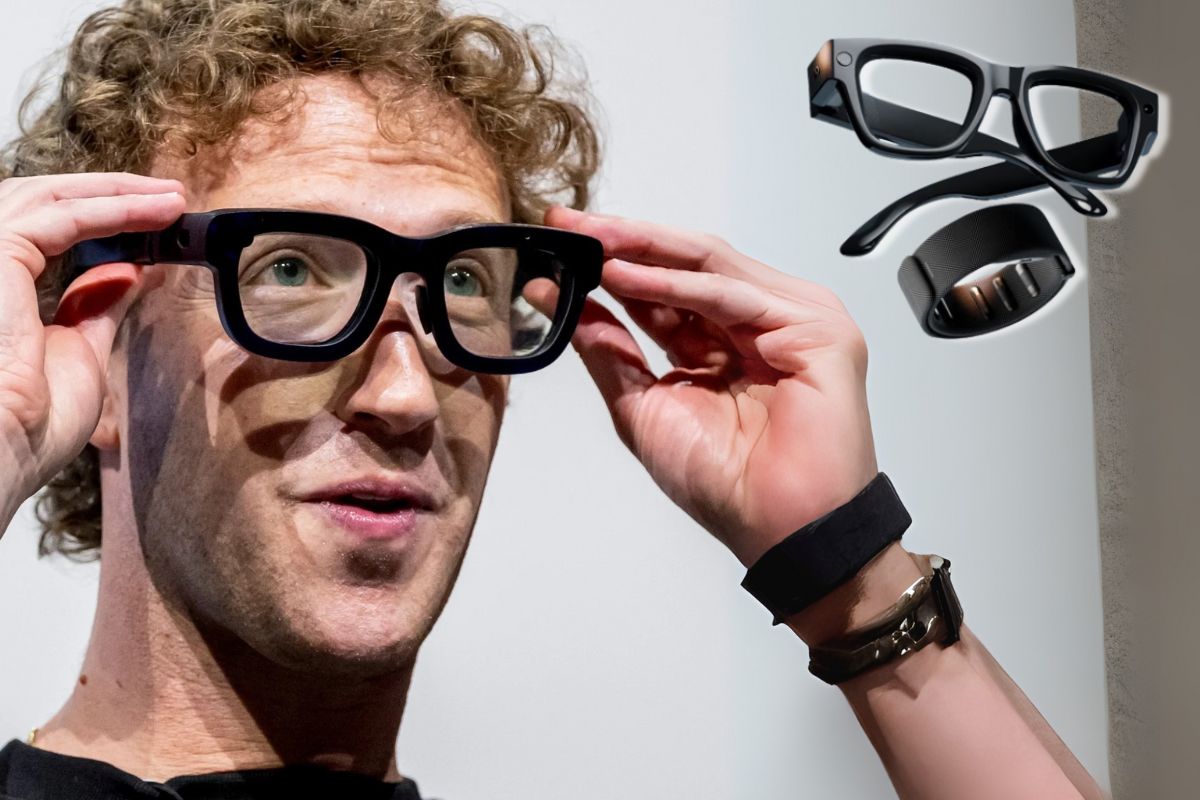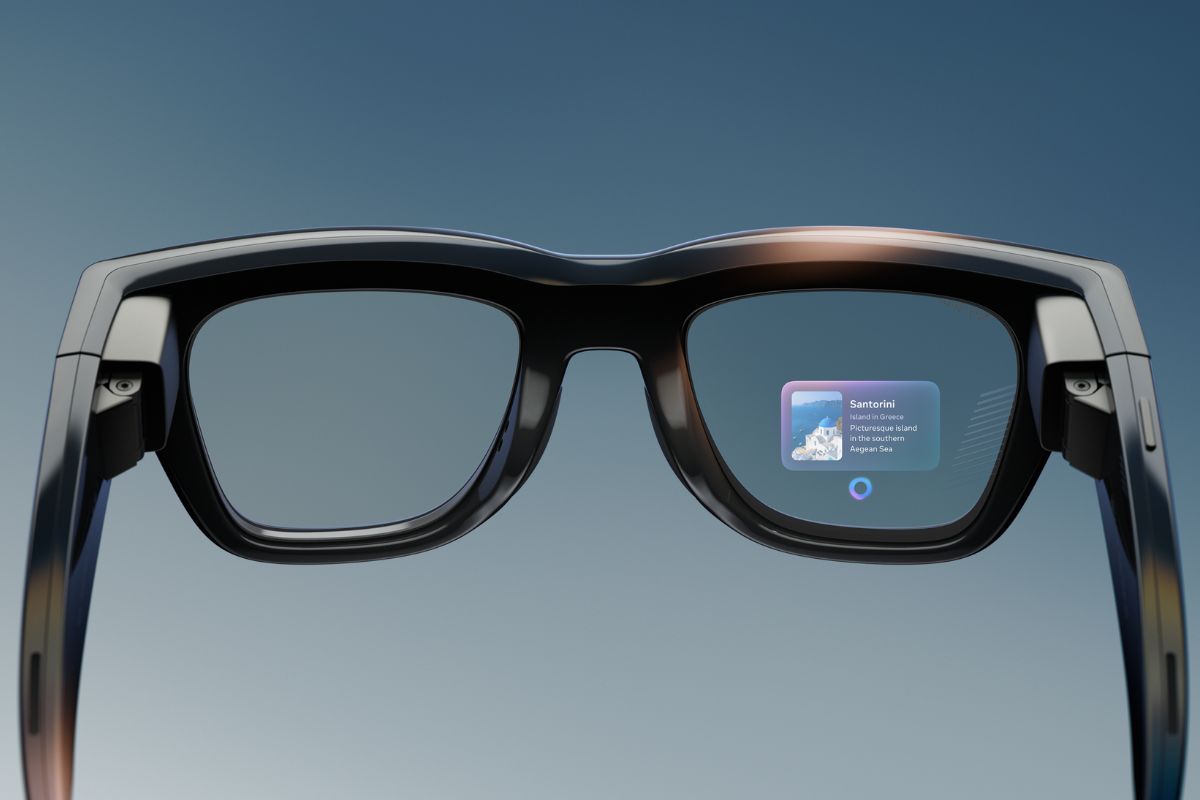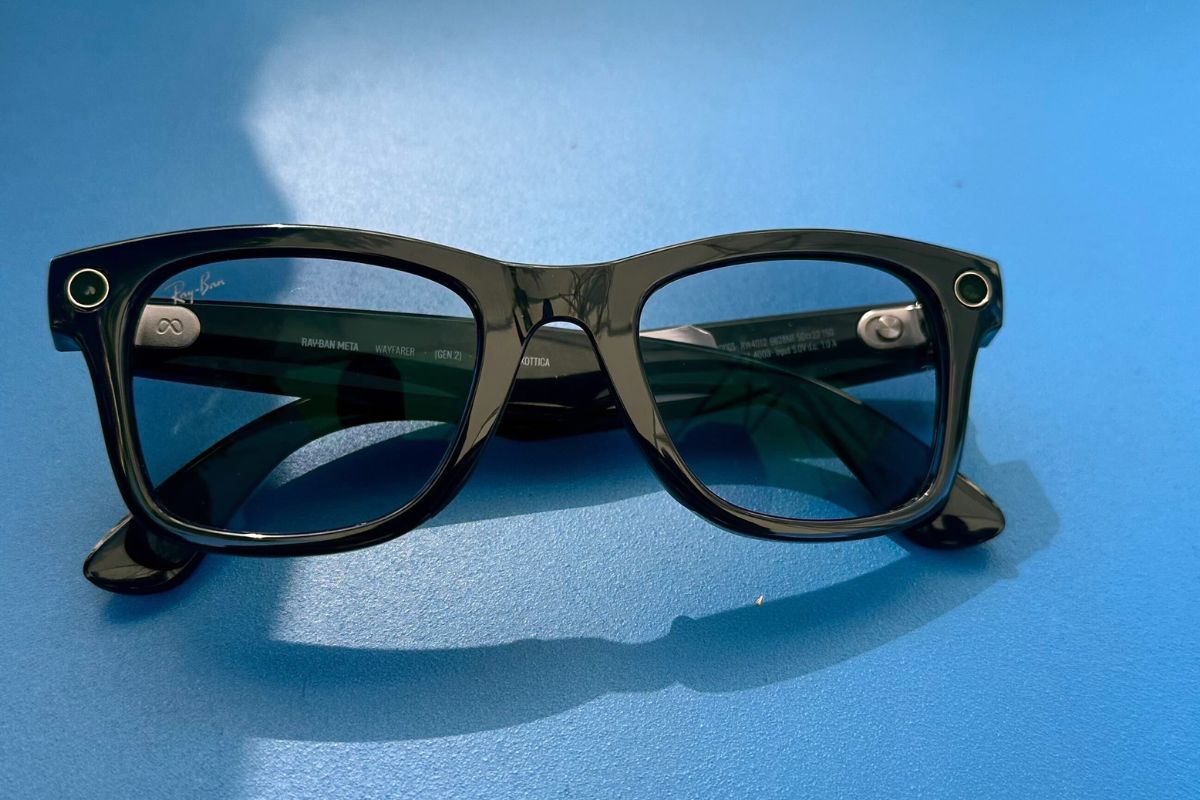Meta launches Ray-Ban Display Smart Glasses With built-in AR

Meta has unveiled its latest generation of smart eyewear, including the highly anticipatedRay Ban Meta Smart Glasses — the first pair of Ray-Ban-branded glasses to feature a built-in augmented reality (AR) screen. Announced during Meta’s annual product event, the launch signals the company’s ambition to move AR wearables beyond experimental gadgets and into everyday use.
Design and style
The Ray Ban Meta Smart Glasses retain the brand’s signature Wayfarer design, meaning at first glance they resemble a regular pair of fashionable sunglasses rather than futuristic tech. Meta has deliberately opted for a discreet look to encourage mainstream adoption.
Inside the right lens sits a colour micro-display that projects information into the wearer’s field of view. The display is subtle and only visible to the person wearing the glasses, remaining hidden from the outside world. Alongside the display, the frames are fitted with cameras, speakers and microphones. Importantly, a small LED light activates whenever the camera is recording, giving bystanders a clear privacy cue.

Controls and interaction
Meta’s smart glasses can be controlled in several ways:
- Touch panels built into the arms allow users to swipe or tap.
- Voice commands provide hands-free control.
- A new Neural Band accessory, worn on the wrist, tracks finger movements such as pinches, taps and rotations. This effectively works as a virtual D-pad, enabling smoother interactions.
Meta has promised that future updates will even allow users to “handwrite” text by moving their fingers in the air.
Everyday functionality
The Ray Ban Meta Smart Glasses are designed to make daily tasks easier without needing to reach for a phone. Some of the key functions include:
- Real-time live translation and conversation captions.
- Landmark recognition and contextual information when travelling.
- Turn-by-turn walking directions overlaid via the display.
- Music playback controls, messaging and video calling.
- Acting as a camera viewfinder, letting users frame shots or share their perspective during live video calls.
Battery life and availability
On a single charge, the glasses last for around six hours of mixed use. With the portable charging case, users can extend battery life to around 30 hours.
The Ray Ban Meta Smart Glasses will first be released in the United States on 30 September, starting at $799 (£640 approx.). Launches in the UK, France, Italy and Canada are expected in early 2026.
Other models announced
The Display wasn’t the only smart eyewear Meta revealed:
Oakley Meta Vanguard – Designed for sports and fitness. These glasses do not include a display but feature cameras, microphones and speakers. They can link with devices from Garmin to show GPS and heart-rate data. The Vanguard can also automatically record clips of workouts, such as when a cyclist reaches a milestone. Priced at £499 / €549 / $499, they are due to ship in October.

Second-generation Ray-Ban Meta AI glasses – Updated versions of last year’s model, with improved battery life and higher-resolution video capture. These will sell for around £379 / €419 / A$599.

Trust, expertise and reliability
Why is this launch significant and credible?
- The announcement comes directly from Meta’s annual product showcase, with CEO Mark Zuckerberg introducing the glasses himself.
- Details such as pricing, release dates, battery performance and feature lists have been confirmed through Meta’s official communications.
- The report originates from The Guardian, a long-established UK news organisation with a reputation for accurate and independent technology journalism.
- Beyond technical specifications, the coverage highlights real-world usability, which strengthens the “experience” element of Google’s E-E-A-T framework.
Also read – Elizabeth Hurley Joins Hit Drama The Inheritance After Bingeing The Traitors
Challenges and open questions
Despite the excitement, several issues remain:
Ease of use – Will the Neural Band feel natural and precise enough in daily life, or will it suffer from lag and mis-recognition?
Privacy – Cameras built into glasses always raise concerns, even with LED indicators. How Meta processes and stores the data will be critical.
Cost – At nearly £640 in the UK equivalent, the Display is far more expensive than standard eyewear, potentially limiting adoption.
Practicality – Comfort, weight and visibility of the AR screen in bright sunlight will determine whether people actually enjoy wearing them.
Conclusion
Meta’s Ray Ban Smart Glasses represent one of the boldest attempts yet to make AR glasses fashionable and functional at the same time. By combining Ray-Ban’s classic design with cutting-edge AR technology, Meta is betting on consumers embracing smart eyewear as naturally as they adopted smartphones a decade ago.
The concept is ambitious, and if the glasses deliver smooth performance, they could mark a turning point for augmented reality. However, questions around privacy, pricing and everyday practicality will decide whether this product truly brings AR to the mainstream or remains a niche luxury.






